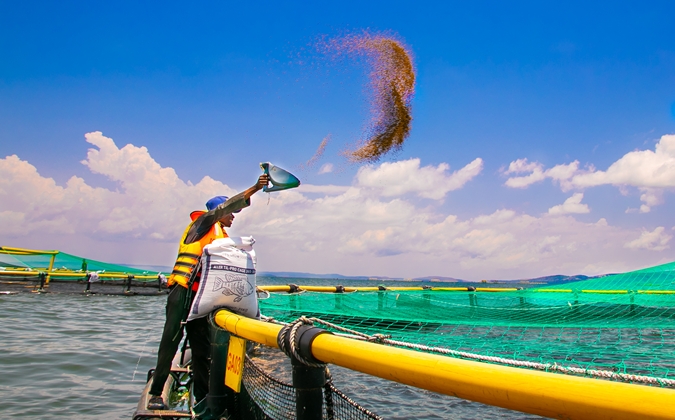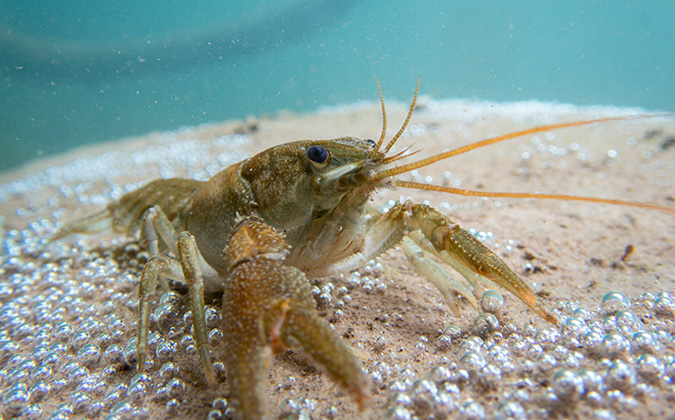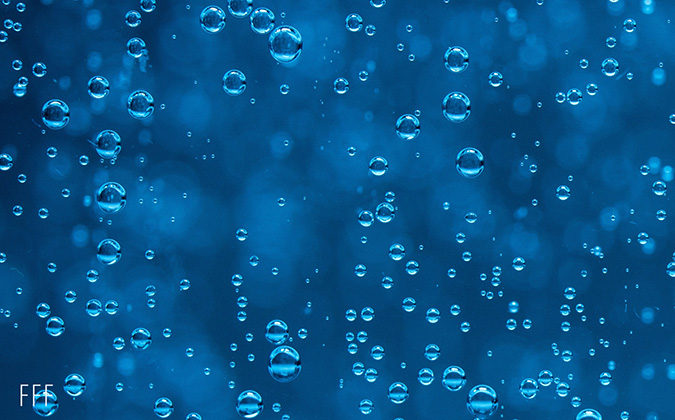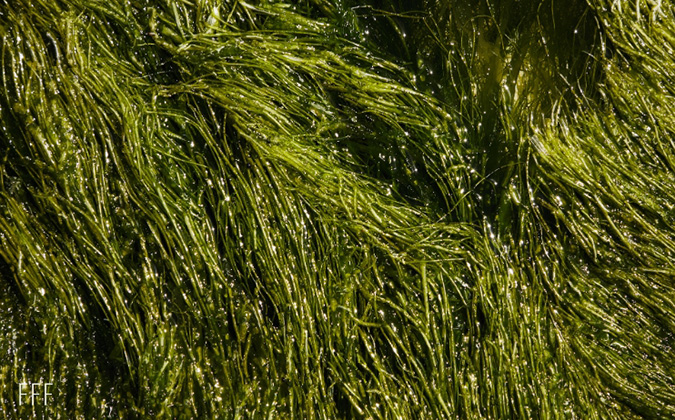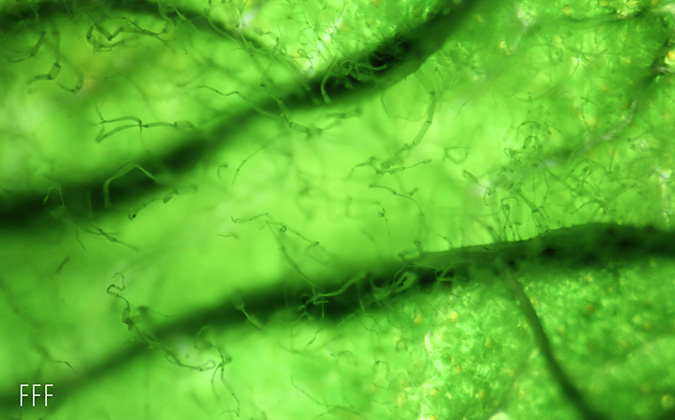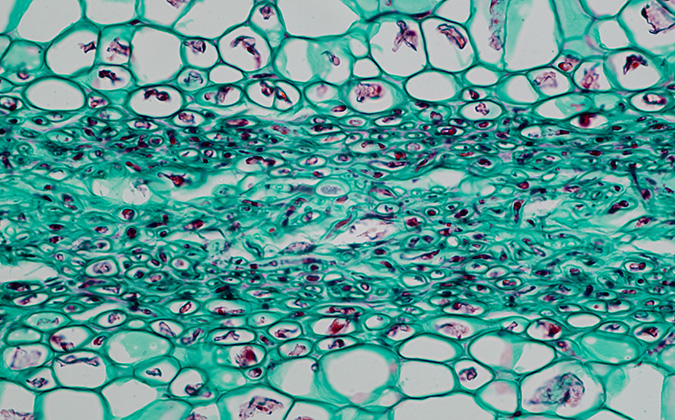
Microalgae can increase efficiency and sustainability of recirculating aquaculture systems
Incorporating microalgae into recirculating aquaculture systems (RAS) can more effectively manage waste while transforming it into valuable products, according to researchers in Germany and Belgium.
One of aquaculture’s great challenges is managing the flow of nutrients such as nitrogen and phosphorus into the environment, and RAS have the potential to help mitigate such issues. The addition of microalgae, which feed on the waste, brings an additional sustainable dimension, the scientists noted in a review of studies to date.1
A novel waste-treatment option
Several microalgae species have been tested in RAS, including from the genera Tribonema, Chlorella and Scenedesmus. While different species perform differently under varying conditions, “microalgae possess the unique capability to simultaneously function as biofilters, oxygen providers and a nutritional source,” they stressed.
Integrated with RAS, the algae can reduce the need for energy-intensive wastewater treatment, provide oxygen and sequester carbon dioxide, which can increase RAS efficiency and sustainability, and remove heavy metals which can accumulate in systems and reduce fish growth. The potential cost savings and added revenue streams for aquatic-animal producers are also hard to ignore.
“In RAS, waste management of nutrient-rich byproducts accounts for 30% to 50% of the whole production costs. Integrating microalgae into RAS offers complementary solutions for transforming waste streams into valuable co-products,” the researchers said.
Circular systems
Such an approach could bring “circular economy” elements to RAS-based fish production. High-value compounds can be extracted from the algae and used in a variety of applications, from antioxidants to pigments and nutritional supplements. Excess algae produced by such systems can be converted into products such as biofertilizers, fish feed and feedstocks for producing biodiesel.
“Integrated biorefinery of microalgae-assisted RAS is quite essential to improve the economic feasibility of fish farming,” they suggested.
The microalgae-assisted RAS approach proposed by the scientists can have algae cultivation either separate or coupled with the main system. They noted that in the coupled setup, “microalgae exert a multifaceted influence on the aquaculture environment.” This means that they shape the microbial community, contribute to fish respiration through oxygen production and influence the mineral balance by assimilating nutrients.
“Managing these interrelated effects is paramount for optimizing the sustainability and performance of the coupled RAS-microalgae system,” they said.
AI can optimize microalgae in RAS
A more recent study beyond the scope of the review, led by Beijing Normal University scientists,2 has also looked at introducing microalgae to RAS, specifically using Chlorella vulgaris. Here, though, they fed data from laboratory experiments into machine-learning algorithms, with the outputs helping to manage the interactions between factors such as light intensity and particle size, and so optimize the algae application.
They found that the approach led to efficient water purification and recovery of resources from their experimental system, suggesting a likely role for advanced data science in the next generation of RAS.
You can read the full paper in the journal Bioresource Technology.
1 Ende S, Henjes J, Spiller M, Elshobary M, Hanelt D, Abomohra A. Recent advances in recirculating aquaculture systems and role of microalgae to close system loop. Bioresour Technol. 2024:131107.
2 Cheng S, Liu X, Pastore C, di Bitonto L, Li A. Low-carbon wastewater treatment and resource recovery of recirculating aquaculture system by immobilized chlorella vulgaris based on machine learning optimization. Bioresour Technol. 2024:131208.
Posted on: August 26, 2024

